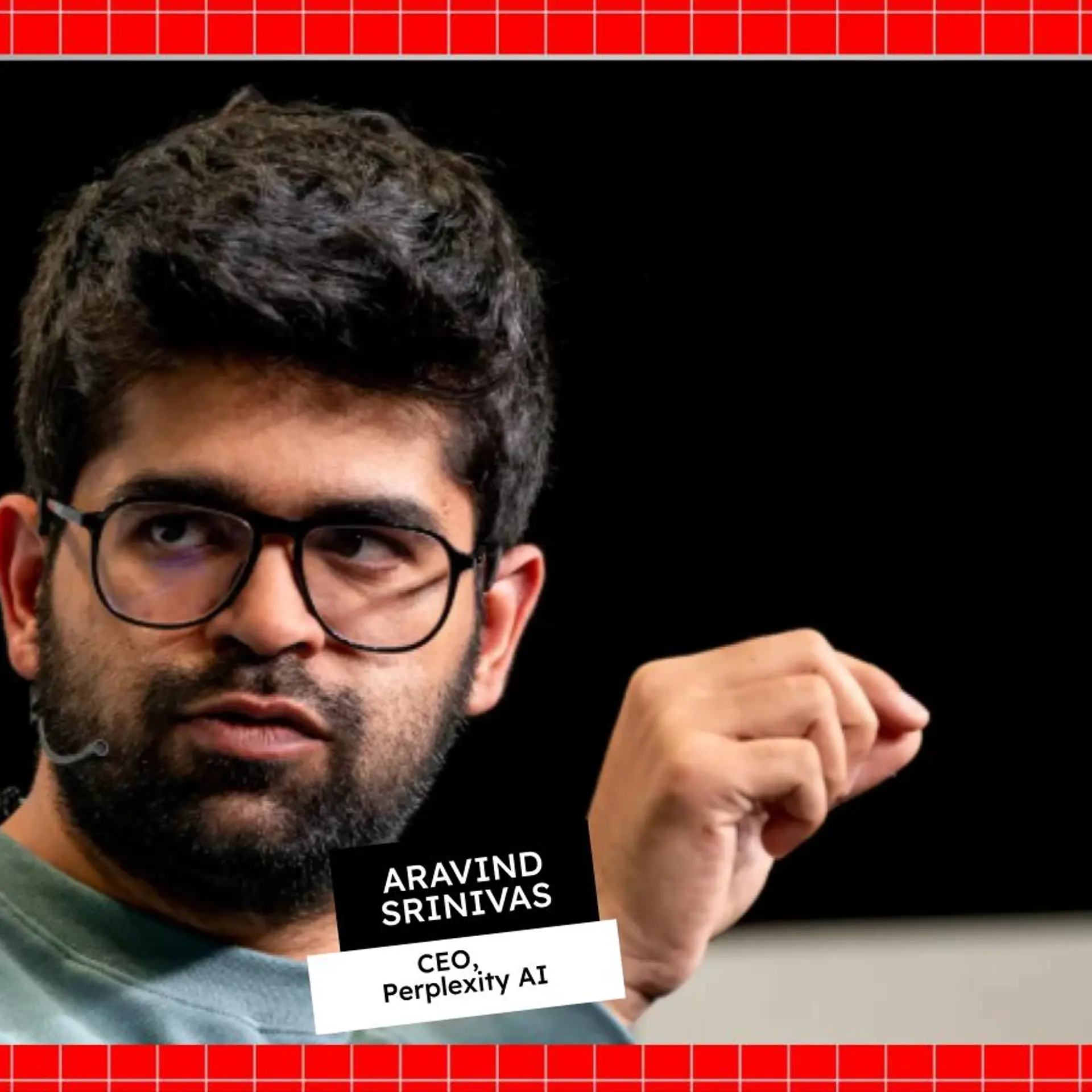[Women in Tech] Inclusion means being open to ideas and leadership styles fundamentally different from the norm: Sandhya Balakrishnan of Brillio
As Senior Director, Data Analytics and Engineering, Brillio, Sandhya Balakrishnan helps create a roadmap for digital solutions and data/AI for various functions.
As a part of , a digital technology and big analytics company, since its inception, Sandhya Balakrishnan has been at the forefront of helping customers accelerate their digital transformation journey by adopting AI/ML, big data, and business analytics.
As Senior Director, Data Analytics and Engineering, Sandhya's expertise lie in creating a roadmap for digital solutions and data/AI products for sales, marketing, finance, and supply chain functions enabling quick and agile monetisation of enterprise data. She has handled a complex and diverse business portfolio across multiple customers and regions with P&L and people management responsibilities.
She is involved with the company's WoW (With Our Women) Programme to promote gender equality. She has a degree in electrical engineering from the College of Engineering, Thiruvananthapuram, and has completed a post-graduate programme in business management operations from the Indian School of Business.
She is also a trained classical dancer and believes “it has shaped many of my foundational characteristics or approaches to anything I commit to”.
In a conversation with HerStory, Sandhya traces her journey in tech and talks about her biggest successes, challenges, and inspirations.
Edited excerpts from the interview:
HerStory (HS): Were you always interested in STEM? Or did anything particular draw you to STEM?
Sandhya Balakrishnan (SB): I was pretty good at STEM topics during my student years, but engineering was not a natural choice, as I was more inclined towards economics and history. I would say that I did my education in engineering probably because I wasn't fully aware of alternate options. But during my engineering days, I realised I would have made a terrible electrical engineer. Good at computers, science, and math, I naturally drifted into technology and then gradually, with analytics, found my sweet spot. Analytics consulting requires an amalgamation of left and right brain and lets me use my strengths in STEM, math, strategy, creativity, and storytelling. Over the years, I built that comfort and confidence in the STEM area to contribute meaningfully.
HS: Please take us through your career journey.
SB: I started my career with Deloitte in 2008 in Hyderabad. It was a great place to start my career with some superb mentors. The exposure received at a very early stage with customers, and managing teams and projects was valuable. I spent 2009 to 2012 in Chicago, grasping lessons in the field of consulting and having a great time in a new country!
However, I knew that I wanted to achieve something more. This led me back to studies. I joined ISB for a post-graduate programme in business. It was a phenomenal learning experience with and from students/friends of different disciplines and industries. I went back to Deloitte for a brief stint but it felt too much like my comfort zone. So, after a year, I joined Brillio, a newly formed organisation, in February 2014. I started as a senior consultant, then moved to analytics practice when we started incubating it with an acquisition in early 2015. Now, I am responsible for growing that practice.
HS: Tell us about your roles and responsibilities.
SB: Currently, I'm responsible for driving the go-to-market for the practice. This involves consulting with our clients to ensure that we define the right data strategy and roadmap for them, understand their priorities, and bring the right solutions at the right time, with the design in their context.
HS: Tell us about working in a team and the challenges of working during the pandemic.
SB: Our team has grown by almost 6-7X in the last few years. Apart from solving complex customer problems and scaling with the team, it has been an exciting experience coaching and helping new team members succeed in a fast-growing team. During the pandemic, switching from a very high-touch travelling job to suddenly working from home for months was a jolt. I had to unlearn and learn new ways to connect with customers and people while ensuring business, as usual, stays undisrupted.
HS: Many women are entering tech, but what more can be done to attract and retain them in the workforce?
SB: While many organisations talk about diversity, inclusion is still not understood well enough. It is the bridge to retaining women in the workforce. Many unsaid/unconscious biases are still quite widespread; organisations need to educate everyone about them and coach women about how to spot and deal with them to ensure they are not losing out on opportunities. This means being open to work styles, ideas, and leadership styles that might be fundamentally different from what was considered the norm. This will provide women with an opportunity to enjoy the work atmosphere and space to grow and thrive.
HS: What have been your biggest successes and challenges?
SB: I take a lot of pride in seeing our team grow since incubation to the scale we are today. While we have a long way to go, we have had impressive growth with a very proud portfolio of work. While growth is the shiny part of the story, it comes with numerous teething challenges of building teams, consistency, and making difficult choices.
HS: Do you mentor women in tech?
SB: Not consciously yet. We are launching a forum called 'Women in Data & AI' partnership with many of our customers. Also, apart from evolving into a platform where women in this space can network and share ideas, one of the key objectives is to mentor the next generation of rockstar women leaders.
I look forward to learning from it and giving back in any way I can!
HS: Why is networking essential for women in tech?
SB: There is always a lot to learn from each other's experiences and how they have handled different situations. Networking can help build awareness and find mentors with whom you can relate.
I read this fascinating book called 'How women rise – 12 habits that hold women back’. One exciting point made was that women are known to build new relationships than leverage their existing ones. It is valid for myself and many others I know. Networking intentionally helps us break some of these old and hard habits as well.
HS: Why should every organisation have an equal opportunity mindset?
SB: Without that, you are losing the potential and ideas from 49.6 percent of the global population – and it is for others to take!
Personally, my year of steepest growth was probably the year in B-school, where I spent time with people from such diverse disciplines. Hence, the diversity in ideas and approaches is based on their backgrounds and experiences.
Diversity of thought provides an edge like nothing else, probably the biggest reason to have an equal opportunity mindset.
HS: Looking back, is there anything you'd like to change about your career?
SB: I am fundamentally not a person who carries regrets. Make your most informed choices and move forward to your next choice; just have the humility to make a choice you rejected earlier as your next choice if and when required.
HS: Tell us about your biggest inspirations.
SB: I have been quite inspired by my mother. She started working at a time when not many women used to work in India. At a certain point, she made a conscious choice to quit and be a homemaker. She continued to expand her horizon and world view through exposure to numerous other avenues such as books, art, world cinema etc. It is the conviction to make hard choices and still pursue your interests that define a strong person.
Edited by Teja Lele


![[Women in Tech] Inclusion means being open to ideas and leadership styles fundamentally different from the norm: Sandhya Balakrishnan of Brillio](https://images.yourstory.com/cs/4/8e7cc4102d6c11e9aa979329348d4c3e/sandhyabalakrishnan-1635163827262.png?mode=crop&crop=faces&ar=2%3A1&format=auto&w=1920&q=75)
![[Women in Tech] Life is like a test match, and it’s essential for women to play the game well, says Srikripa Srinivasan of Dell](https://images.yourstory.com/cs/4/8e7cc4102d6c11e9aa979329348d4c3e/HS-1-1631421236696.png?fm=png&auto=format&h=100&w=100&crop=entropy&fit=crop)




